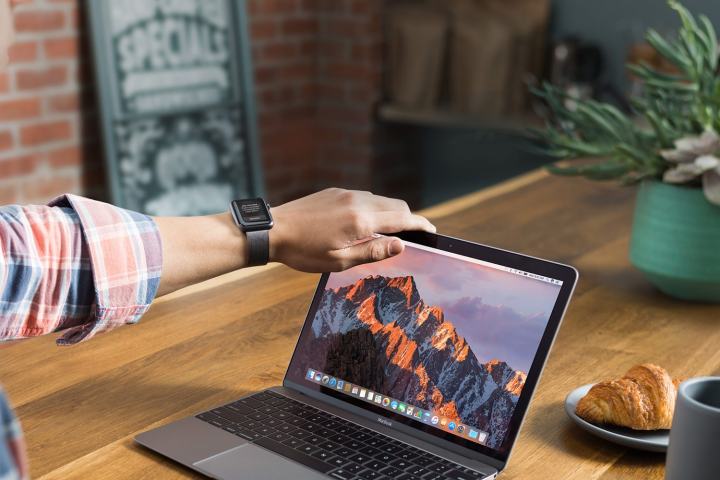
Happy anniversary Mac OS X! It’s not quite an annual anniversary, but Thursday, May 24, is a big milestone for Apple’s desktop operating system. Mac OS X — which Apple has since rebranded to just MacOS — has been in service for as long as the classic Mac operating system was until Apple retired it.
Apple released its Mac OS X 10.0 operating system on March 24, 2001, which means that the OS has been in service for 17 years and 29 days, or the exact same number of days that the original classic Mac operating system on the Macintosh, which launched on January 24, 1984 and was kept in service until Mac OS X replaced it in 2001.
“Today the Mac’s second operating system era, powered by Mac OS X (now MacOS) has been in existence as long as the first era was,” Six Colors wrote of the news, noting a few caveats that may affect the timing. “There was a Mac OS X public beta. The funeral for Mac OS 9 wasn’t held until 2002. Classic Mode continued to function within Mac OS X until it was removed in Mac OS X 10.5 Leopard.”
The MacOS operating system was created when Apple co-founder Steve Jobs returned to Apple. After Jobs left Apple, he founded a new company called Next, and when he returned, Apple bought Next and merged Next’s software into Apple’s operating system development efforts, resulting in MacOS. Today, the roots of Next’s software code could be found across Apple’s various operating systems, like iOS, tvOS, and watchOS, powering smartphones and tablets, televisions, and smartwatches, respectively.
This new milestone arrives ahead of Apple’s planned developer conference in June. The company is expected to unveil updates to its software platforms, and it’s widely anticipated that Apple will announce its next version of MacOS and iOS on stage at its Worldwide Developers Conference keynote. Though those updates won’t mark a monumental transition — like the switch from the classic Mac operating system to Mac OS X — there have been rumors that Apple could be exploring new processors to power its Macs.
Apple is not one to shy away from embracing new technologies. In 2005, Apple embraced Intel and used the company’s x86 processor — Intel’s seventh-generation processors power Apple’s latest computing products today — in a dramatic switch away from the PowerPC architecture made by Intel rivals IBM and Motorola. After Apple launched the iPhone, it made its own A-series processors based on designs from ARM Holdings, and the iPhone X’s A11 Bionic chip outperformed Intel’s laptop processors in synthetic benchmark tests. Those rumors fueled further speculations that Apple could explore options to replace Intel as its silicon supplier in laptops, and Apple could move to a custom ARM-based processor in its MacBook.
Editors' Recommendations
- The 6 key things Apple must fix in the next version of macOS
- These 6 tweaks take MacBooks from great to nearly perfect
- How to take a screenshot on a Mac
- I was wrong about using Stage Manager on Mac
- The best Mac keyboard shortcuts for 2024


